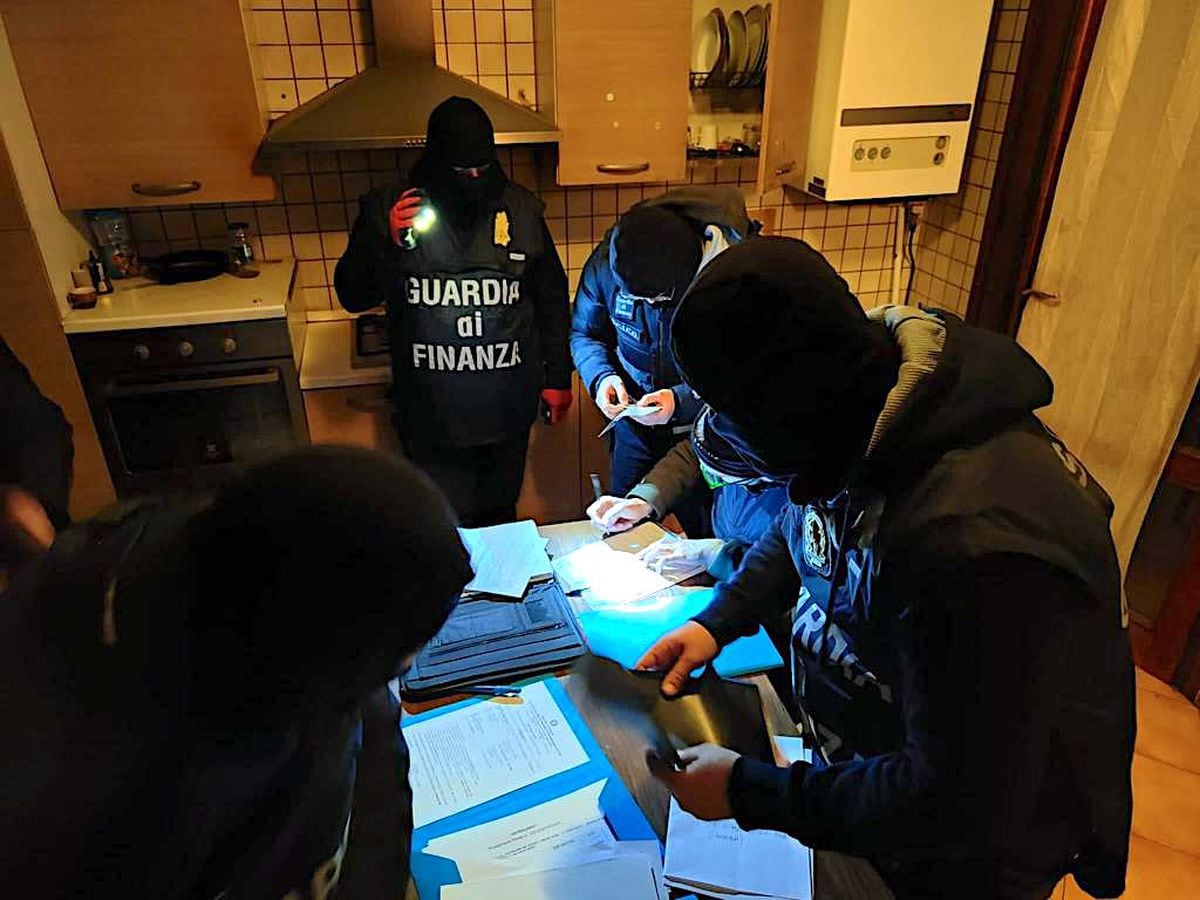The President of the Council of Europe, Charles Michel, met by videoconference with European leaders on March 25. YVES HERMAN / POOL / AFP via Getty Images
The city of Brussels has just awakened from a long winter. Hundreds of citizens were desperate last weekend to find a table on a terrace in Sainte-Catherine, the Parvis or Flagey. Six months after closing, the bars were back to service and their customers were celebrating the return of social life: today it is the terraces, but in a month it will be the turn of gyms, cinemas and theaters. And in August, the festivals. The heart of Europe picks up again as the vaccination campaign accelerates and the goal of immunizing 70% of the adult population in summer is beginning to cease to be a mirage. Still, the EU looks askance across the Atlantic, where recovery has been underway for months.
The start of a new de-escalation allows Europe to leave behind the initial setbacks of the immunization process and the painful recession into which it relapsed at the beginning of the year. Now the EU finally sees itself with the strength to build a new story about a joint way out of the health and economic crisis that the figures are beginning to support. However, he is still haunted by the specter of slowness and doubt, especially compared to Washington's quick and forceful performance. Despite the fact that the number of infections and deaths had skyrocketed with Donald Trump's denial, the United States has stepped on the accelerator to get out of the health and economic crisis.
Europe had the strength of its public health system which, although exhausted by the pandemic, constituted a good network for the vaccination campaign. And that network is not failing. Washington, however, got ahead of drug deals with its Operation Warp Speed, which injected billions of dollars into the industry to ensure rapid vaccine research and manufacturing. Its regulators were also quicker to approve the first vaccines, whose administration among citizens was a priority for the new president, Joe Biden. As of Wednesday, 46.9% of the North American population had received at least one dose and 35.8% already had the full schedule. In the EU it is 29.58% and 11.77% respectively, according to Our World in Data.
Europe, which struck deals with companies later than the US, quickly ran into production and delivery problems, particularly from Britain's AstraZeneca. Given the continuous delays, the Commissioner for the Internal Market, Thierry Breton, was commissioned to promote this manufacturing, until it mobilized 53 factories that by the end of the year will have produced 3,000 million doses. The result is already palpable. Since Monday, the EU has accelerated the rate of immunization, to the point that it already exceeds that of the US and the United Kingdom. Brussels does not hide its optimism and speaks of "success" in a continent that has been erected as a global vaccine factory. “Some will say: countries like the US and the UK have gone faster in the beginning. But I say: Europe has achieved this success by remaining open to the world. While others have saved their production,Europe is the largest exporter of vaccines ”, recalled this May 6 the president of the European Commission, Ursula von der Leyen.
Biden has also put the other great front that has opened the pandemic, that of the economy, on track by launching a plan of 1.9 trillion dollars (1.6 trillion euros) that allows to ensure the recovery of GDP prior to the pandemic to midyear. Citizens have already been receiving checks that they can spend on cars or appliances. "The data can move according to what happens with the virus, but the US economy has pulled before due to stimulus plans, vaccination campaigns and its reactive and flexible capacity," says Nicolas Véron, economist at Bruegel and the Peterson Institute for International Economics. Paul de Grauwe, professor of European Economic Policy at the London School of Economics, recalls that the Biden plan duplicates the measures adopted in Europe. "The recovery will come from the hand of consumption,that last year fell dramatically. And it will grow again when you have the perception that the pandemic is over, which has to do with the vaccination campaign, "he says.
Biden's plan has overshadowed the € 800 billion package in aid that the EU is preparing to roll out this year. Paris and Rome have already warned that this amount is insufficient and are fighting for a quick start-up of the community fund, which received the green light from the leaders 10 months ago. Brussels is evaluating national investment and reform plans, and believes it will be able to start issuing community debt in the summer. This time the community bureaucracy can hardly be blamed. Of the 27 EU partners, 6 have not yet ratified the agreements reached in Brussels. Without this guarantee, the Commission cannot begin to irrigate capitals with money.
Community sources recall the difficulties of comparing the European plan with the American one and argue that, in doing so, the measures adopted by governments, such as temporary employment protection systems, are obviated. "Even so, Biden's plan is still bigger," says economist Nicolas Véron. The French president, Emmanuel Macron, celebrated last week that the US “is inspired” by the European welfare and cohesion model to get out of the crisis. However, he admitted that the EU should take note of Washington's determination. "I sincerely hope that Europeans are inspired by Americans to rediscover a taste for the future and speed, invest massively and go fast in those investments," he said in the European Parliament.
Despite having started the year in recession, Europe is also beginning to change the tone of its discourse. Business confidence has returned to pre-pandemic levels, especially in industry, and the EU faces a sharp economic rebound in the second half of the year. Economy Commissioner Paolo Gentiloni announced that the EU will return to pre-pandemic GDP levels by the end of the year. But, unlike the United States, it will not yet recover the growth trajectory of before the outbreak of the health and economic crisis. The EU faces once again that the gap with the United States is reopening.
Brussels believes that it has the recipe to prevent that distance from widening. And this happens to continue stepping on the accelerator in vaccination, promoting R + D + i and deploying the recovery fund. With this package of aid and structural reforms, Europe is not only seeking recovery, but also a great social and economic transformation in two directions: the digital agenda, in which it is years behind the United States, and the green one. The EU aims to lead the latter with drastic measures to do away with fossil fuels and create a powerful clean industry. Biden has set himself the same goal. Europe takes out several bodies to the US for now, but the stretch to the finish is still long.








